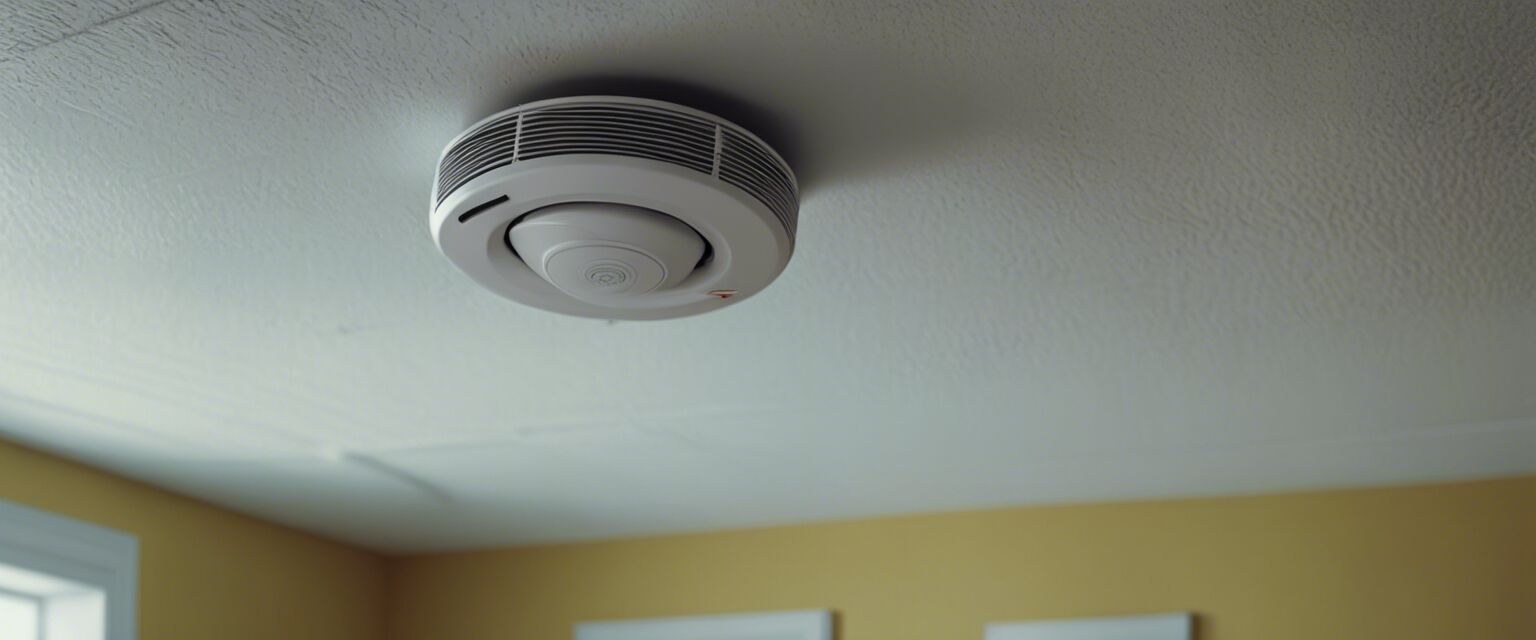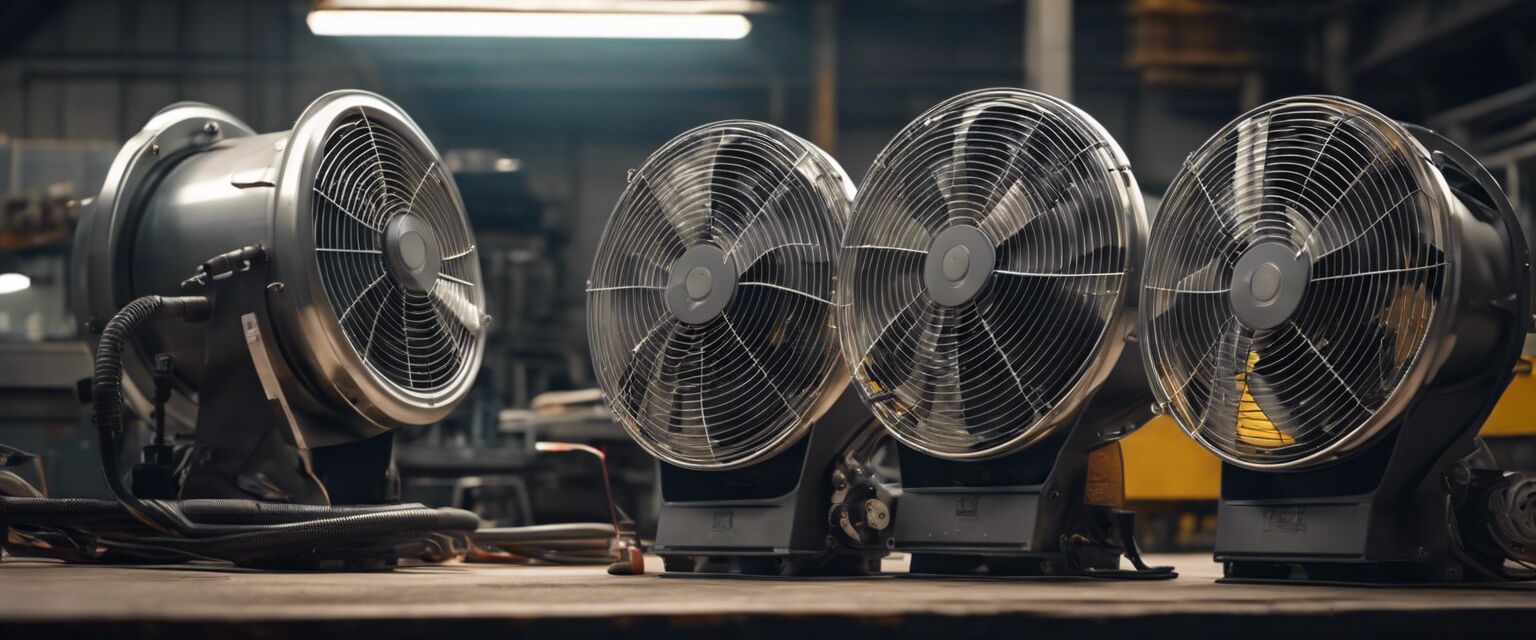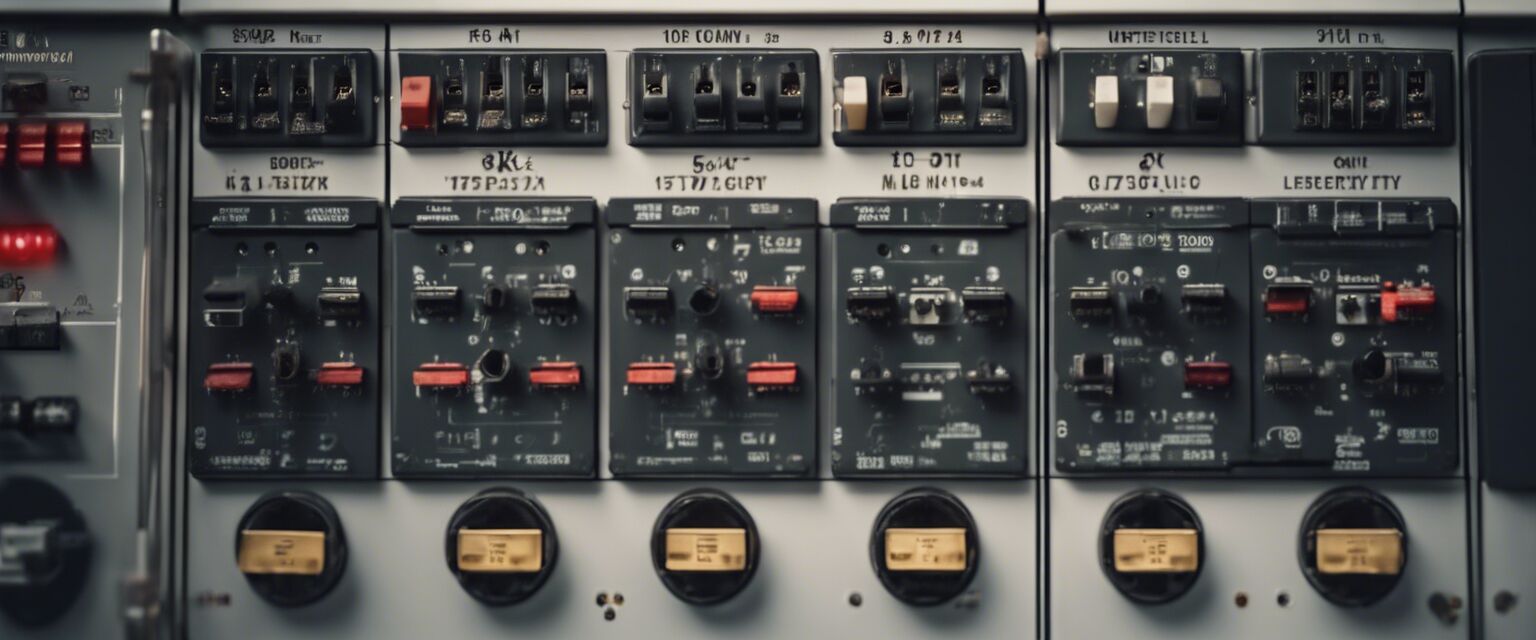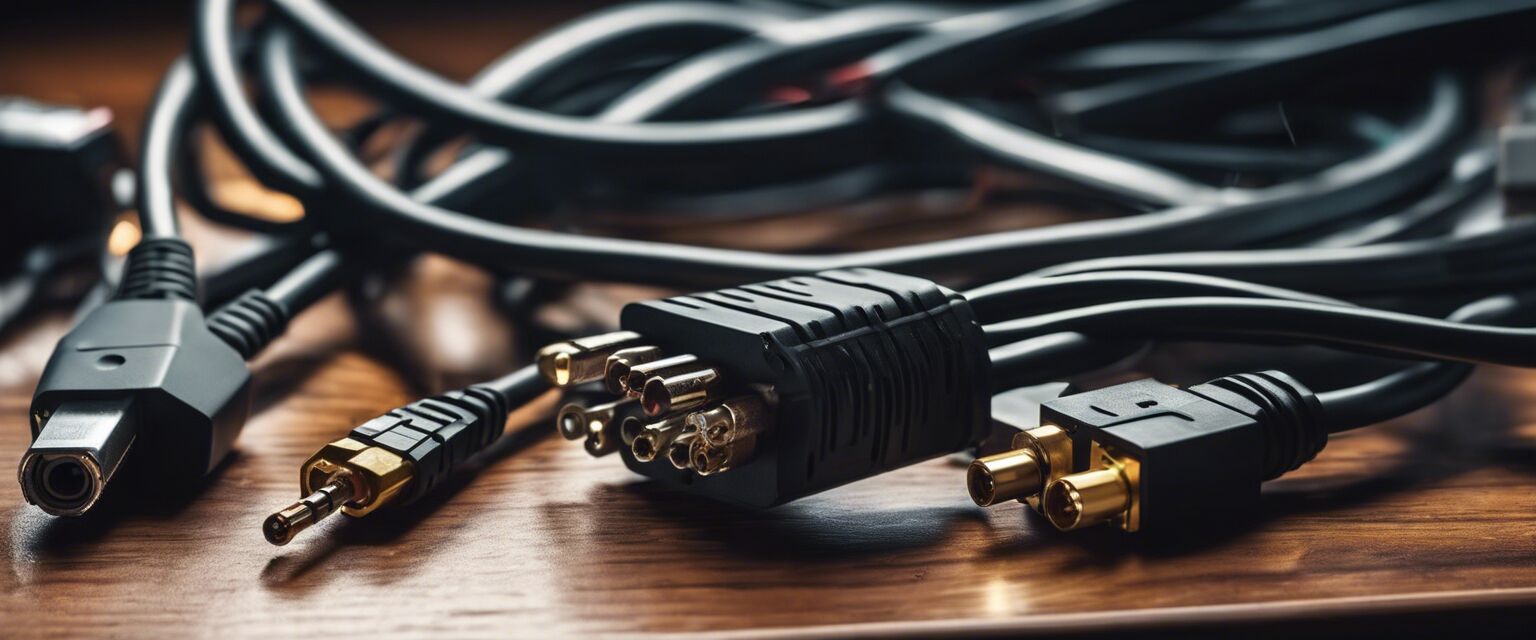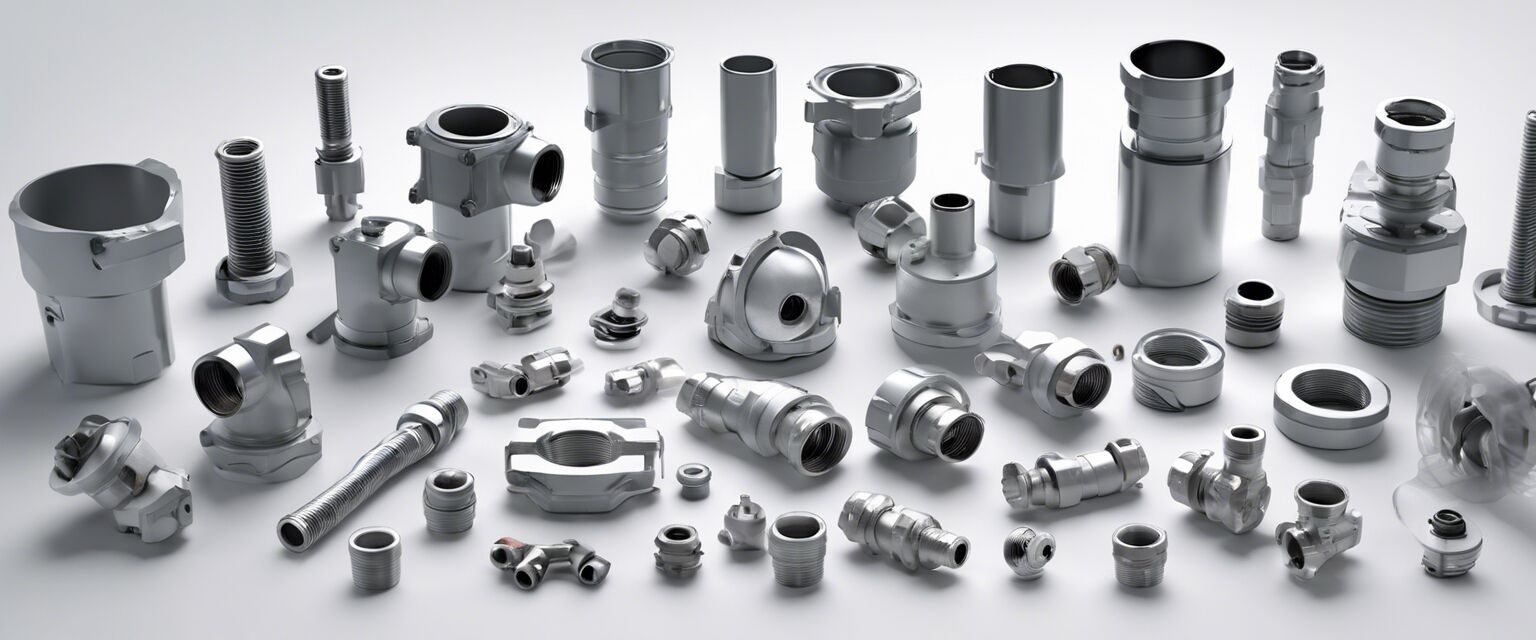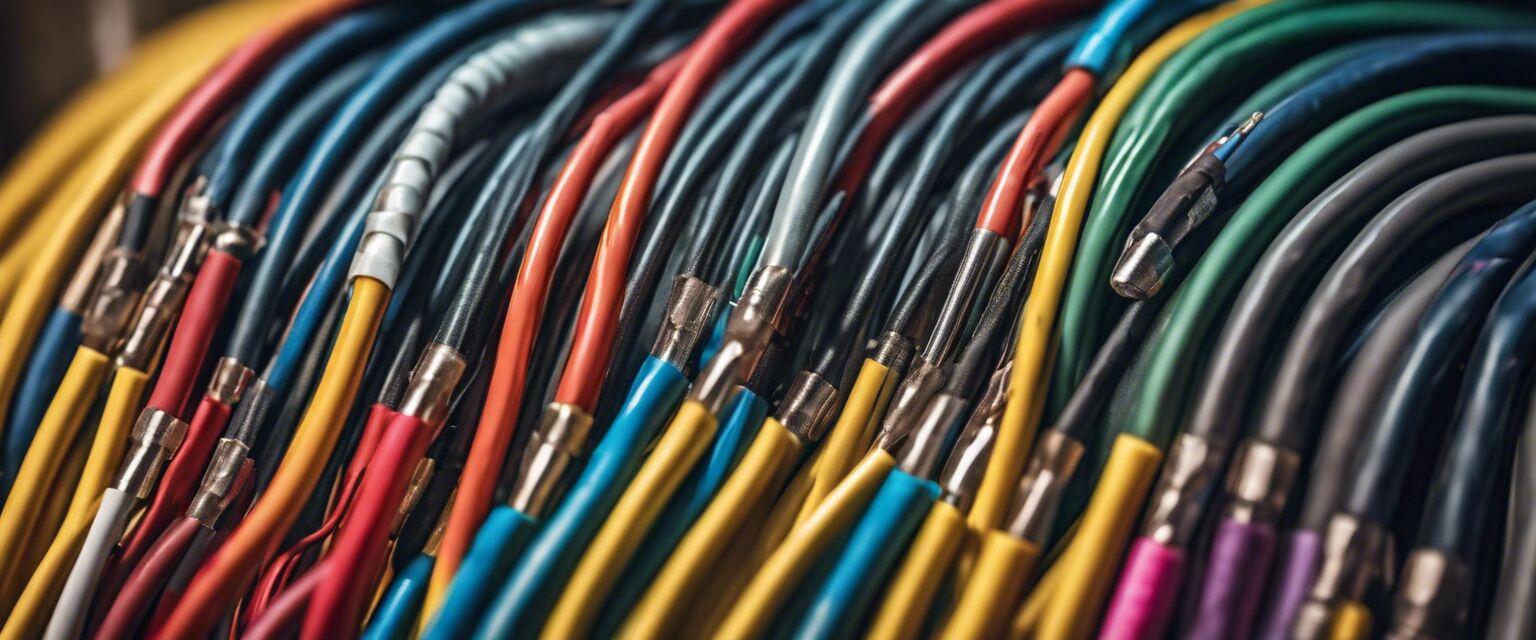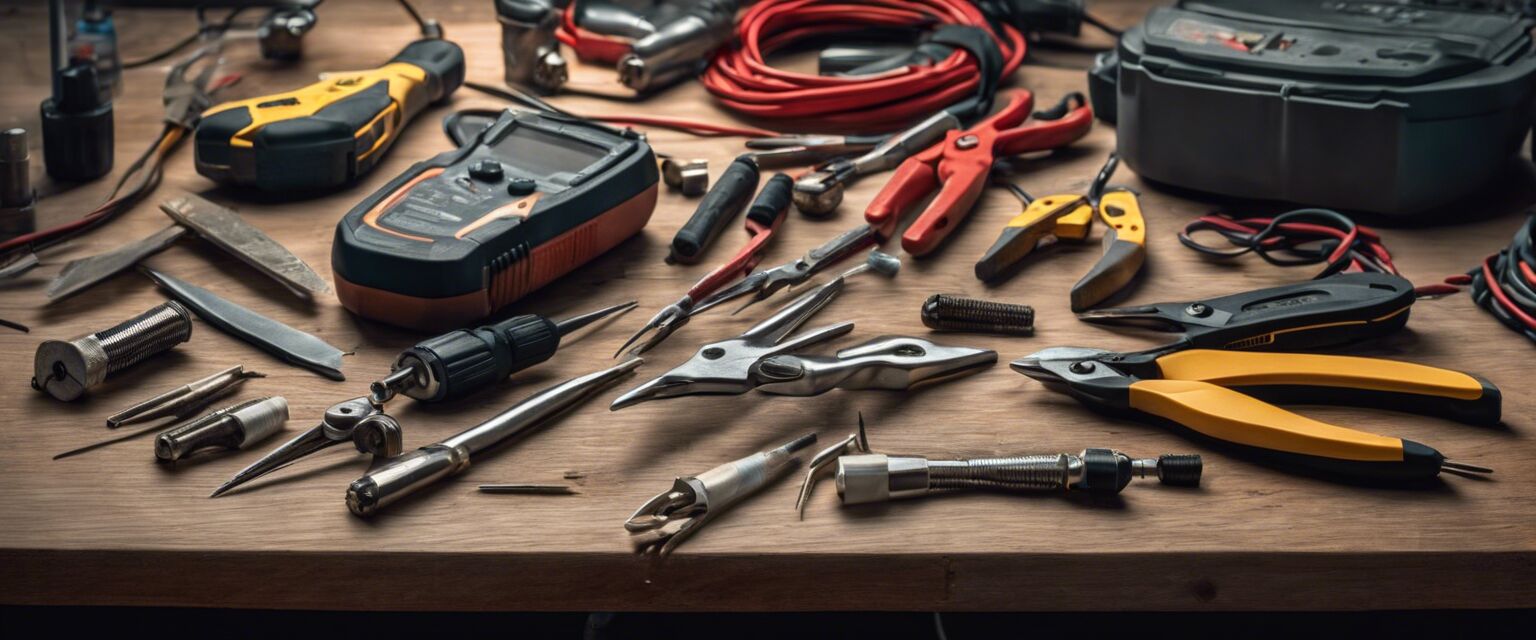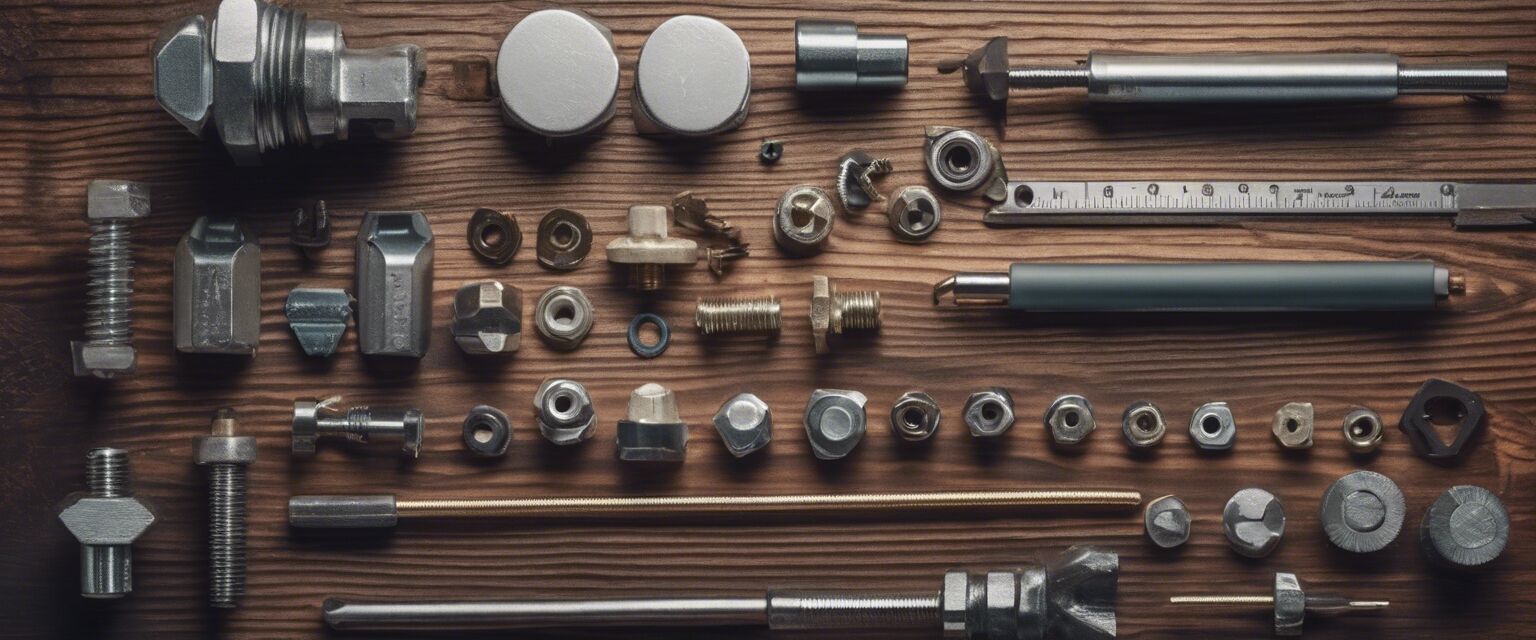
Fixings: A Comprehensive Guide to Fasteners for Electrical Projects
- Understanding different types of fixings is essential for successful electrical installations.
- Choosing the right fixings ensures safety and durability in electrical work.
- There are various installation techniques to optimize the effectiveness of fixings.
- Always refer to manufacturer guidelines for specific electrical project requirements.
Welcome to our comprehensive guide to fixings and fasteners used in electrical projects. Understanding the types and proper usage of fixings is vital for any electrician, whether you are a novice or a seasoned professional. This guide will cover the various kinds of fixings, their applications, and best practices to ensure your electrical installations are secure and efficient.
Understanding Fixings
Fixings and fasteners are critical components in electrical projects, serving to secure cables, conduits, fixtures, and other equipment. Different types of fixings are designed for various materials and applications, which can impact the safety and efficacy of electrical installations.
Types of Fixings
Let's explore the most common types of electrical fixings:
| Type | Description | Common Uses |
|---|---|---|
| Screws | A metal fastener used to hold objects together. | Mounting electrical boxes, fixtures, and panels. |
| Nails | Metal pins used for fastening various materials. | Securing lightweight cables to wooden surfaces. |
| Anchors | Devices inserted into walls to secure screws or bolts. | Mounting heavy fixtures to drywall or masonry. |
| Bolts | Heavy-duty fasteners often used with nuts. | Securing large electrical equipment. |
| Clips | Metal or plastic fasteners for holding cables in place. | Managing cable runs and keeping them organized. |
Choosing the Right Fixings
Selecting the appropriate fixing for your project is crucial. Consider the following factors:
- Material: The fixing should be compatible with the material it is being driven into (e.g., wood, metal, or concrete).
- Load Requirements: Ensure the fixing can support the weight and strain of the equipment it will hold.
- Environmental Factors: Consider exposure to moisture, heat, or corrosive materials.
- Installation Method: Ensure you have the right tools for installation (e.g., screwdrivers, hammers, drills).
Installation Techniques
Proper installation of fixings is essential for ensuring safety and durability. Here are some techniques to keep in mind:
| Technique | Description |
|---|---|
| Pre-drilling | Make a hole before inserting screws to avoid splitting materials. |
| Using Appropriate Tools | Employ the correct tools to apply the right amount of torque without damaging the fixing. |
| Spacing Fixings | Space fixings evenly to distribute weight and minimize stress. |
| Checking Security | After installation, ensure that all fixings are secure and perform a stress test. |

Safety Considerations
Safety is paramount when working with electrical installations. Here are some tips to maintain a safe working environment:
- Wear Personal Protective Equipment (PPE): Always use safety glasses, gloves, and other PPE during installation.
- De-energize Circuits: Ensure that all electrical circuits are de-energized before beginning installation.
- Keep Tools Organized: Prevent accidents by keeping tools and fixings organized and within reach.
Pros
- Multiple options available for different applications.
- Durable fixings ensure long-term security.
- Facilitate efficient organization of cables and equipment.
Cons
- Improper use can lead to safety hazards.
- Some materials may require specific types of fixings.
- Choosing the wrong fixing can lead to costly repairs.
Conclusion
Understanding fixings and their proper applications is essential for successful electrical installations. By selecting the right fasteners and employing best installation techniques, you can ensure your projects are safe and effective. For more related insights, check our other sections:
- Audio/Video Cable & Accessories
- Conduit & Conduit Accessories
- EV Chargers & Accessories
- Industrial Lighting Solutions
- Tools & Accessory Kits


